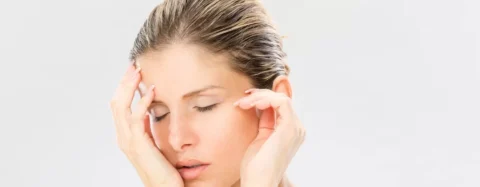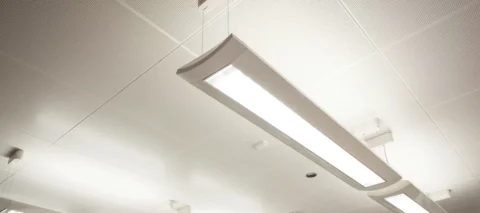Over the past three decades, since the Botulinum toxin has been available for cosmetic use, the age of patients receiving Botox injections has become increasingly younger. While the norm was once women in their forties or older using Botox to smooth out frown lines or crows’ feet, nowadays, younger women are queuing to receive their Botox fix. According to 2017 statistics released by the American Society of Plastic Surgeons, 19% of Botox patients were in their twenties and thirties. What’s driving this trend?
- There is a growing shift towards minimally invasive treatments performed on a regular basis to maintain youthful skin.
- There is a range of Botox techniques now available to achieve different results: for example, Baby Botox or Micro Botox caters specifically to younger patients or first-timers who are looking for very subtle anti-aging effects.
- Botox is now recognized as a preventative anti-aging measure, helping to inhibit the formation of wrinkles.
So when should you get Botox?
In short, it depends on the individual. A wide range of factors will affect how your skin starts manifesting the signs of age, with some patients in their early to mid-twenties presenting with wrinkles while others in their late thirties exhibit none.
Key factors that affect how an individual ages include:
- Lifestyle: Smoking, sun exposure, working outdoors and stress can have a negative impact on the skin, causing it to age prematurely.
- Genetics: If your mother or father developed frown lines or pronounced crows’ feet at a young age, then chances are that you are genetically predisposed to developing them too. Skin tone, texture, and color also influence the way your skin ages, with fairer, drier and more delicate skin tending to show wrinkles earlier than oily or tanned tones.
- Facial expressiveness and habits: Squinting at the sun, frowning incessantly at a screen or creasing at the corners of your eyes when you laugh will, over time, etch wrinkles into your skin. Those with more expressive facial animation or strong facial muscles may see these lines appear at a younger age.
If your face is starting to show the signs of fine lines or wrinkles when it is at rest, this could be a sign that you could benefit from Botox as a preventative measure.
Preventative Botox Benefits
Preventative Botox helps to “train” the muscles so they no longer habitually create expressions such as brow furrows, for example. The earlier the muscles that cause dynamic, unwanted creases are targeted, the less likely an individual is to develop permanent, static lines in that place. If you have mild resting wrinkles, Botox can reverse them.
Preventative Botox can also help with facial symmetry and aging. Precise Botox injections can target and relax muscles that are over-contracting, allowing for opposing muscles to become stronger, so the face ages more harmoniously.
Another advantage of preventative Botox is that ideally, over time, you should require fewer units as your facial muscles become trained. The earlier you start, the more likely you are to atrophy the facial muscles that cause unwanted lines, so you won’t need to get Botox as frequently when you are older.
If you’re in your twenties or thirties and interested in preventative Botox, consider scheduling an appointment at a reputable clinic to discuss your options with an experienced injector.







